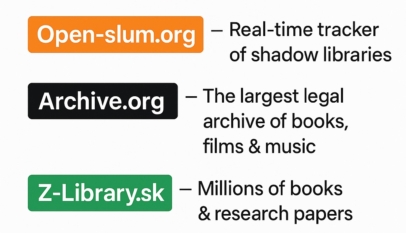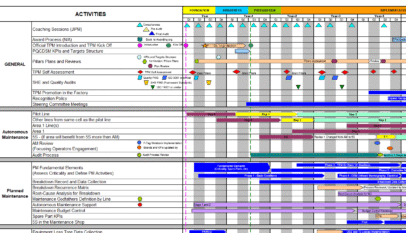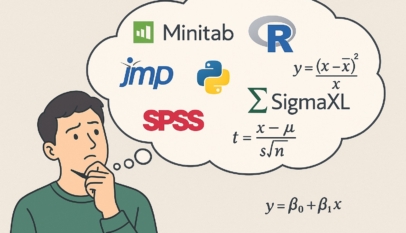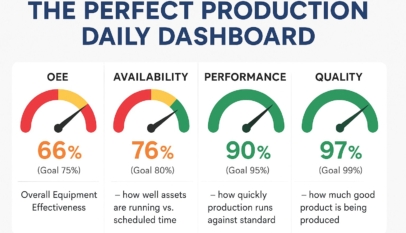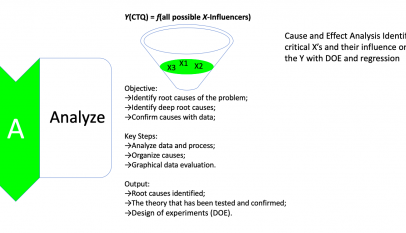Six Sigma tools and methods focus on reducing process variation.
Six Sigma Metrics
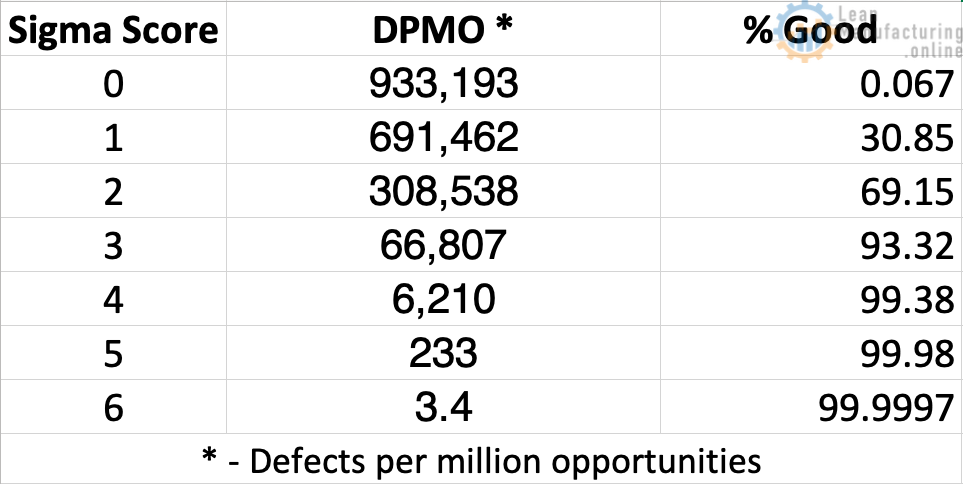
Is 99% good enough? Let’s review some examples:
- 99% Good (3.8 Sigma)
- 20,000 lost items of mail per hour;
- 5,000 incorrect surgical procedures per week;
- Two short or long landings at most major airports each day;
- 200,000 wrong drug prescriptions each year.
- 99.99966% Good (6 Sigma)
- Seven items of mail lost per hour;
- 1.7 incorrect surgical procedures per week;
- One short or long landing every five years;
- 68 wrong prescriptions per year.
Cost of poor Quality: hidden costs and inefficiencies
- Credit Notes
- Returns
- Warranties
- Scrap
- Lost sales and revenue
- Unsatisfied and lost customers
- Inefficiencies
- Long cycles (production, delivery, collection)
- Poor asset utilization
- Inspections
- Excess inventories
- Expediting costs
- Re-work
Up to 20-30 % of the revenue is lost in inefficiencies in a 3 sigma company.
Six Sigma is a business mindset
- Continuously strive for
- world class levels of quality;
- highest level of customer satisfaction.
- Prevent defects/errors from occurring by
- understanding and reducing process variation and
- centering performance on target
- enabling people operators to do it right the first time
- Improve processes and sustain improvements by using
- process measures (data) and
- statistical tools
- in a team-based, methodical, systems approach



